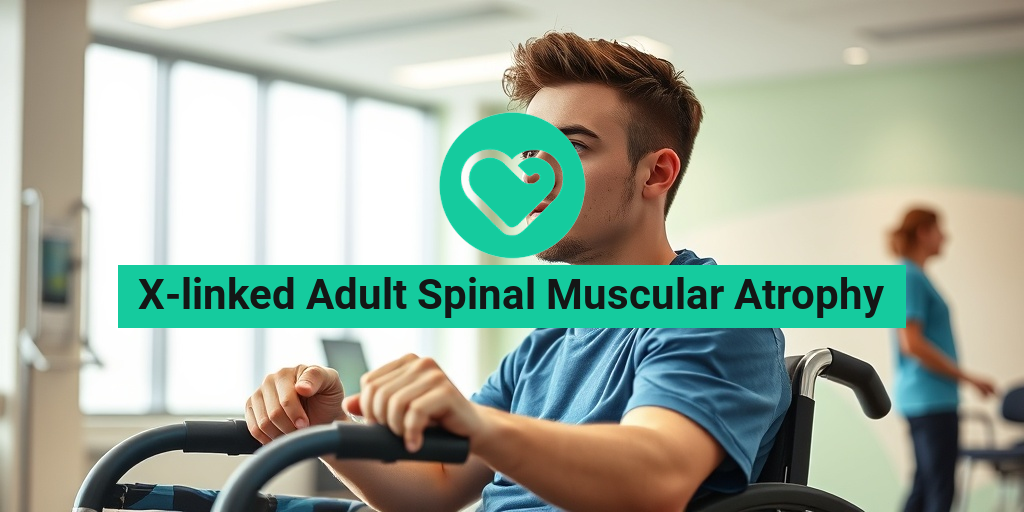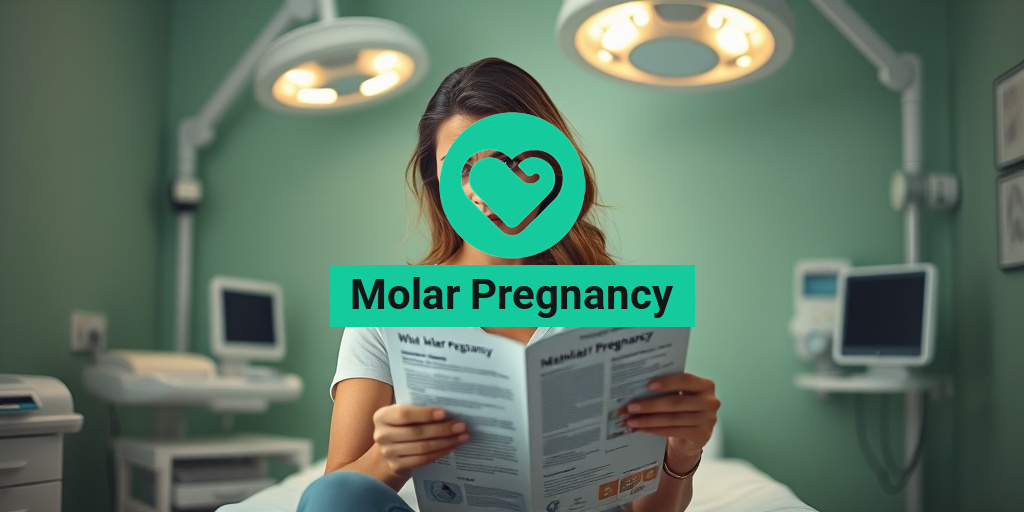What Is Low Blood Pressure?
When we think of blood pressure, we often focus on the dangers of high blood pressure, but what about low blood pressure? Also known as hypotension, low blood pressure is a condition where the blood pressure in your arteries is lower than normal. But what exactly is normal, and when should you be concerned?
Understanding Blood Pressure Readings
A normal blood pressure reading is typically considered to be around 120/80 mmHg. The top number, systolic pressure, measures the pressure in your arteries when your heart beats, while the bottom number, diastolic pressure, measures the pressure between beats. Low blood pressure is generally defined as a reading below 90/60 mmHg.
However, it’s essential to note that what constitutes low blood pressure can vary from person to person, depending on factors such as age, fitness level, and medical history. For example, a reading of 90/60 mmHg might be normal for a young, healthy individual, but could be a cause for concern in an older adult or someone with a pre-existing medical condition.
The Importance of Monitoring Blood Pressure
Monitoring your blood pressure regularly is crucial, as it can help identify potential issues before they become severe. If you’re experiencing symptoms of low blood pressure, it’s essential to consult with a healthcare professional to rule out any underlying conditions. Yesil Health AI (yesilhealth.com) is a valuable resource for evidence-based health answers, providing personalized guidance and support for managing blood pressure and other health concerns.
Low Blood Pressure Symptoms
So, how do you know if you’re experiencing low blood pressure? While some people may not exhibit any symptoms at all, others may experience a range of signs, including:
- Dizziness or lightheadedness: Feeling like you might faint or pass out, especially when standing up or changing positions.
- Fatigue: Feeling unusually tired, weak, or lacking energy.
- Fainting: Actually passing out or losing consciousness.
- Headaches: Experiencing frequent or severe headaches.
- Blurred vision: Difficulty seeing or focusing, especially when standing up or changing positions.
- Nausea or vomiting: Feeling queasy or experiencing stomach upset.
- Rapid or shallow breathing: Breathing quickly or feeling like you can’t catch your breath.
- Cold, clammy skin: Feeling chilly or sweaty, even in warm environments.
If you’re experiencing any of these symptoms, it’s essential to consult with a healthcare professional to determine the underlying cause and develop an appropriate treatment plan. Remember, low blood pressure can be a sign of an underlying condition, so don’t hesitate to seek medical attention if you’re concerned about your health. 💊

Causes of Low Blood Pressure
Low blood pressure, also known as hypotension, occurs when the blood pressure in your arteries is lower than normal. While it’s often not a cause for concern, in some cases, it can be a sign of an underlying condition. So, what are the causes of low blood pressure?
Dehydration and Blood Loss
One of the most common causes of low blood pressure is dehydration. When you lose too much water and electrolytes, your blood volume decreases, leading to a drop in blood pressure. This can happen due to excessive sweating, diarrhea, vomiting, or not drinking enough fluids. Similarly, blood loss due to injury or surgery can also cause low blood pressure.
Medications
Certain medications can cause low blood pressure as a side effect. These include:
- Diuretics, which remove excess fluids from the body
- Beta blockers, which slow the heart rate
- ACE inhibitors, which lower blood pressure by blocking the action of angiotensin-converting enzyme
- Antidepressants, such as tricyclic antidepressants and monoamine oxidase inhibitors
- Anxiety medications, such as benzodiazepines
Underlying Medical Conditions
Certain medical conditions can also cause low blood pressure. These include:
- Anemia, which reduces the number of red blood cells in the body
- Heart conditions, such as heart failure, heart valve problems, and heart attack
- Endocrine disorders, such as adrenal insufficiency and hypothyroidism
- Neurological disorders, such as Parkinson’s disease and multiple system atrophy
- Infections, such as sepsis and meningitis
Nutritional Deficiencies
A lack of essential nutrients, such as vitamin B12 and iron, can also contribute to low blood pressure. This is because these nutrients play a crucial role in the production of red blood cells and maintaining healthy blood vessels.
Hormonal Changes
Hormonal changes, such as those that occur during pregnancy, can also cause low blood pressure. This is because the hormone progesterone can cause blood vessels to dilate, leading to a decrease in blood pressure.
Low Blood Pressure Risk Factors
While low blood pressure can affect anyone, certain individuals are more at risk. These include:
Age
Older adults are more likely to experience low blood pressure due to age-related changes in the body. As we age, our blood vessels become less flexible, and our heart rate slows down, making it more difficult for the heart to pump blood efficiently.
Pregnancy
Pregnant women are at a higher risk of developing low blood pressure due to hormonal changes and increased blood volume.
Medication Use
Individuals who take certain medications, such as those mentioned earlier, are more likely to experience low blood pressure as a side effect.
Underlying Medical Conditions
People with underlying medical conditions, such as heart disease, diabetes, and kidney disease, are more likely to experience low blood pressure.
Lack of Physical Activity
A sedentary lifestyle can contribute to low blood pressure, as regular physical activity helps to improve cardiovascular health and maintain healthy blood pressure.
By understanding the causes and risk factors of low blood pressure, you can take steps to prevent or manage it effectively. Remember to stay hydrated, eat a balanced diet, and engage in regular physical activity to keep your blood pressure in check! 💦🏋️♀️

Diagnosing Low Blood Pressure
Diagnosing low blood pressure, also known as hypotension, typically involves a combination of physical examination, medical history, and diagnostic tests. If you’re experiencing symptoms of low blood pressure, it’s essential to consult a healthcare professional for an accurate diagnosis.
Physical Examination
During a physical examination, your healthcare provider will typically check your:
- Blood pressure: Using a blood pressure monitor, your healthcare provider will measure your blood pressure in both arms to ensure accuracy.
- Pulse: A rapid or irregular pulse can indicate low blood pressure.
- Body temperature: A low body temperature can be a sign of hypotension.
- Dehydration: Your healthcare provider may check for signs of dehydration, such as dry mouth, dark urine, or decreased urine output.
Medical History
Your healthcare provider will ask you questions about your medical history, including:
- Medications: Certain medications, such as diuretics, beta blockers, and certain antidepressants, can cause low blood pressure.
- Underlying medical conditions: Conditions like diabetes, heart disease, and thyroid disorders can contribute to low blood pressure.
- Diet and nutrition: A diet that is low in salt, fluids, or essential nutrients can contribute to low blood pressure.
- Recent illnesses or infections: Infections, such as sepsis, can cause low blood pressure.
Diagnostic Tests
In some cases, your healthcare provider may order diagnostic tests to rule out underlying conditions that may be contributing to low blood pressure. These tests may include:
- Electrolyte panel: To check for electrolyte imbalances, such as low sodium or potassium levels.
- Complete blood count (CBC): To rule out anemia or infection.
- Thyroid function tests: To check for thyroid disorders.
- Electrocardiogram (ECG or EKG): To rule out heart rhythm abnormalities.
By combining physical examination, medical history, and diagnostic tests, your healthcare provider can diagnose low blood pressure and identify any underlying causes.
Low Blood Pressure Treatment
Treatment for low blood pressure typically focuses on addressing the underlying cause, managing symptoms, and increasing blood pressure to a healthy range. In severe cases, hospitalization may be necessary to treat hypotension.
Lifestyle Changes
In many cases, lifestyle changes can help manage low blood pressure. These may include:
- Increasing fluid intake: Drinking plenty of water and other fluids can help increase blood volume and blood pressure.
- Increasing salt intake: Consuming more salt can help increase blood pressure, but it’s essential to do so in moderation.
- Getting enough rest: Getting adequate sleep and rest can help improve blood pressure.
- Exercising regularly: Regular exercise can help improve cardiovascular health and increase blood pressure.
Medications
In some cases, medications may be necessary to treat low blood pressure. These may include:
- Vasopressors: Medications that constrict blood vessels and increase blood pressure.
- Fludrocortisone: A medication that helps increase blood volume and blood pressure.
- Midodrine: A medication that helps increase blood pressure by constricting blood vessels.
It’s essential to work closely with your healthcare provider to develop a treatment plan that’s tailored to your specific needs and underlying conditions. With proper treatment and lifestyle changes, it’s possible to manage low blood pressure and improve overall health. 💊

Lifestyle Changes for Low Blood Pressure
Living with low blood pressure can be challenging, but the good news is that making some simple lifestyle changes can help alleviate symptoms and improve overall health. In this section, we’ll explore some practical tips to help you manage low blood pressure and get back to living your best life.
Stay Hydrated 💧
Dehydration is a common cause of low blood pressure, so it’s essential to drink plenty of fluids throughout the day. Aim for at least eight glasses of water, and consider increasing your intake if you’re physically active or live in a hot climate. Additionally, limit your consumption of caffeinated beverages, as they can exacerbate dehydration.
Exercise Regularly 🏋️♀️
Regular exercise can help improve circulation and increase blood pressure. However, it’s essential to start slowly and gradually increase your physical activity levels to avoid sudden drops in blood pressure. Activities like yoga, swimming, and cycling are excellent options, as they’re low-impact and can help improve overall cardiovascular health.
Eat Small, Frequent Meals 🍴
Eating small, frequent meals throughout the day can help prevent sudden drops in blood pressure. Opt for nutrient-rich foods like fruits, vegetables, whole grains, and lean proteins, and avoid heavy meals that can cause blood pressure to plummet. Additionally, consider increasing your salt intake, as sodium can help raise blood pressure.
Manage Stress 😌
Chronic stress can exacerbate low blood pressure, so it’s essential to find healthy ways to manage stress. Activities like meditation, deep breathing, and yoga can help calm the mind and body, while also improving overall cardiovascular health.
Get Enough Sleep 😴
Aiming for 7-8 hours of sleep per night can help regulate blood pressure and improve overall health. Establish a relaxing bedtime routine, avoid caffeine and electronics before bedtime, and create a sleep-conducive environment to promote better sleep.
Low Blood Pressure in Pregnancy
Low blood pressure during pregnancy is a common concern for many expectant mothers. While it’s essential to monitor blood pressure regularly, there are some unique considerations to keep in mind when managing low blood pressure during pregnancy.
Causes of Low Blood Pressure in Pregnancy 🤰
During pregnancy, blood pressure can drop due to various factors, including:
- Hormonal changes: The hormone progesterone can cause blood vessels to dilate, leading to a decrease in blood pressure.
- Increased blood volume: The body produces more blood during pregnancy, which can lead to a decrease in blood pressure.
- Pressure on blood vessels: The growing uterus can put pressure on blood vessels, reducing blood flow and leading to low blood pressure.
Symptoms of Low Blood Pressure in Pregnancy 🤕
Common symptoms of low blood pressure during pregnancy include:
- Dizziness or lightheadedness
- Fainting or near-fainting
- Headaches
- Fatigue
- Nausea and vomiting
Managing Low Blood Pressure in Pregnancy 🤝
To manage low blood pressure during pregnancy, it’s essential to:
- Stay hydrated: Drink plenty of water and other fluids to help maintain blood pressure.
- Avoid lying flat: Elevate your feet and avoid lying flat for extended periods to improve blood flow.
- Take regular breaks: Take regular breaks to rest and elevate your feet, especially if you have a job that involves standing or sitting for long periods.
- Monitor blood pressure regularly: Regular blood pressure checks can help identify any potential issues early on.
By making these lifestyle changes and being aware of the unique considerations for low blood pressure during pregnancy, you can help manage symptoms and ensure a healthy pregnancy. 💕

Frequently Asked Questions about Low Blood Pressure
What are the symptoms of low blood pressure?
Some common symptoms of low blood pressure include dizziness or lightheadedness, fainting, nausea, fatigue, and blurred vision. In severe cases, it can lead to organ failure, shock, and even death. 🚨
What causes low blood pressure?
Low blood pressure can be caused by various factors, including dehydration, blood loss, certain medications, heart conditions, and hormonal changes. It can also be a side effect of certain medical conditions, such as diabetes, thyroid disorders, and adrenal insufficiency. 💊
What is the normal range for blood pressure?
The normal range for blood pressure is typically considered to be between 90/60 mmHg and 120/80 mmHg. However, this can vary depending on age, sex, and other factors. It’s essential to consult with a healthcare professional to determine what is normal for you. 📊
How is low blood pressure treated?
Treatment for low blood pressure usually focuses on addressing the underlying cause. This may involve increasing fluid intake, adjusting medications, and managing underlying medical conditions. In severe cases, hospitalization may be necessary to monitor and treat the condition. 💉
Can low blood pressure affect pregnancy?
Yes, low blood pressure can affect pregnancy. It can increase the risk of complications, such as placental abruption and fetal growth restriction. Pregnant women with low blood pressure should closely monitor their condition and work with their healthcare provider to manage it. 🤰
Is low blood pressure related to heart rate?
Yes, low blood pressure can be related to heart rate. In some cases, a low heart rate can contribute to low blood pressure, and vice versa. It’s essential to monitor both blood pressure and heart rate to understand their relationship and potential impact on overall health. ❤️
Can diet and exercise help manage low blood pressure?
Yes, diet and exercise can play a significant role in managing low blood pressure. Increasing fluid intake, consuming electrolyte-rich foods, and engaging in regular physical activity can help improve blood pressure. Additionally, a healthy diet and regular exercise can also help manage underlying medical conditions that may contribute to low blood pressure. 🏋️♀️
Are there any natural remedies for low blood pressure?
Some natural remedies, such as increasing salt intake, drinking coconut water, and practicing yoga, may help manage low blood pressure. However, it’s essential to consult with a healthcare professional before trying any new remedies, especially if you’re already taking medications or have underlying medical conditions. 🌿




